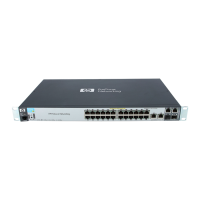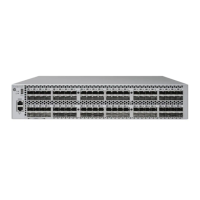Introduction to TMF
HP NonStop TMF Management Programming Manual—540140-008
1-12
TMF Commands
TMF Commands
Your management application can perform the following functions by sending
commands to the TMFSERVE process:
Add and delete audit trails, data volumes, dump files, and tape volumes in a TMF
system
Start and stop TMF
Start and stop transaction processing
Display the status of TMF and related objects
Configure audit trails for dumping
Dump audited files
Control specific transactions
Change certain characteristics, or attributes, of restore-audit files, dump files,
catalogs, data volumes, and TMF processes
Obtain information about the current configuration of the subsystem, its processes,
restore-audit files, dump files, data volumes, catalogs, and tape volumes
The TMF commands used in management applications (programmatic commands) are
similar to the TMFCOM commands used by operators. Both command types combine
an action element, such as ADD, with an object element, such as DATAVOLS, but the
interactive TMFCOM commands use keywords and the TMF programmatic commands
use codes. Each programmatic command corresponds to an interactive command that
you can issue through TMFCOM, although there is not a direct one-to-one
correspondence between interactive and programmatic commands, and there are no
programmatic equivalents for some of the TMFCOM commands. Table 1-7
shows the
TMFCOM commands and their programmatic counterparts.
DUMPS MEDIA
PROCESS RESOURCEMANAGER (or RM)
TMF TMFSERVER
TRANSACTION TRANSACTIONCHILDREN
